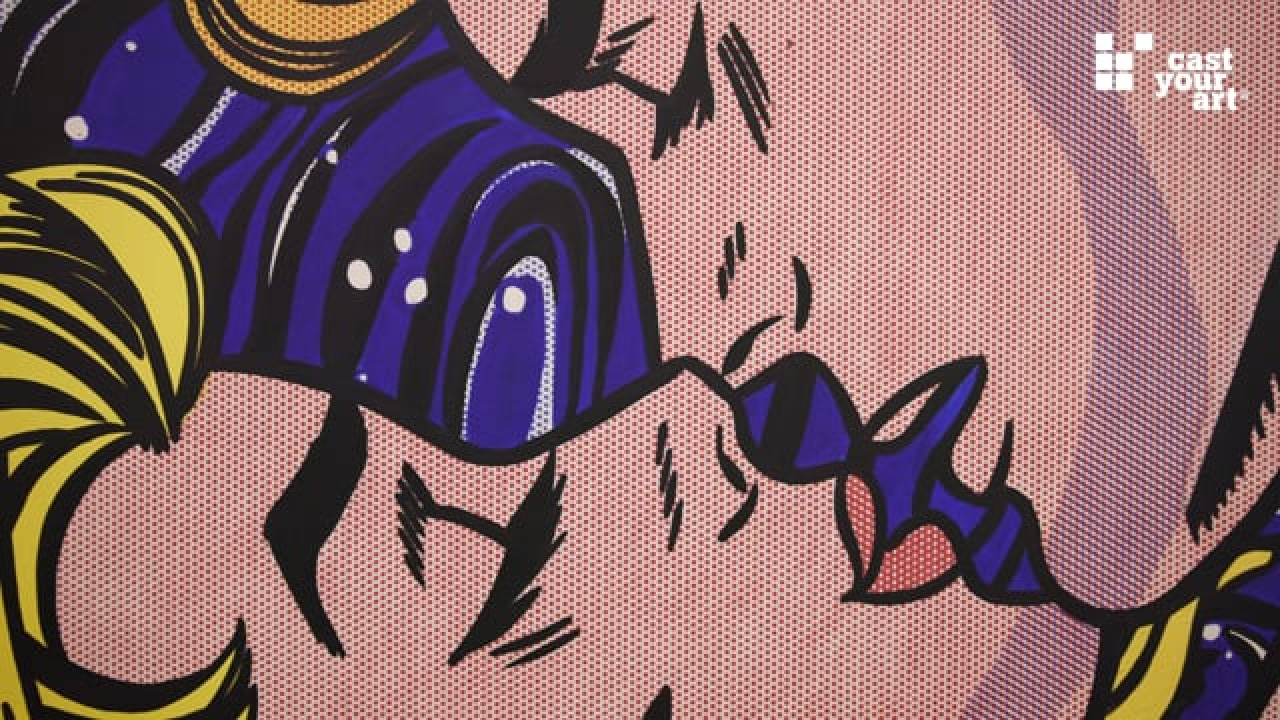Poussin to David - French Drawings at the Albertina
„Poussin to David“: The new exhibition in the Albertina Museum gives an insight into the world’s largest collection of drawings of the French baroque, rococo and classicist periods.
These periods of the history of art are not on display very often, now, in the ongoing memorial year of empress Maria Theresia’s 300th birthday anniversary, the collection of her daughter Maria Christina and her husband Prince Albert, duke of Saxony, moves into the spotlight. The art collecting couple was very familiar with the French art of their time, roughly 2000 of the Alberetina’s collection of graphic art with a total of 2.800 works, have been collected in the lifetime of Prince Albert.
Curator Christine Ekelhart-Reinwetter selected 70 masterly drawings of the 17th and 18th centuries. They are exemplary evidence of the cultural hegemony of France and of the aristocracy’s tastes in the era of the Ancien Regime, as well as to graphic art‘s emancipation from painting.
Here in Austria, these eminent artists of their time have not quite received the appreciation he deserve, in this exhibition the exquisite quality and complexity of French drawing art is finally duly valued. Visitors will discover a world of Arcadian idylls, epic episodes, boudoir scenes and gallant couples in pittoresque settings.
This century before the French Revolution is a golden age of drawing, yet we see a world without any reference to reality or the social situation. Works from the early 17th century are at the beginning of the show, Claude Lorrain with his nature studies or pastoral landscapes and Nicolas Poussin were influential artists of their time. Working in Rome, they brought Italian influences to Paris. Other artists like Fragonard also worked in Italy, his watercoloured red chalk and crayon drawing „The Girl with the Marmot“ is one of the exhibition posters. „Roman Park with Fountain“ is an example of his masterly use of shades of brown and black. Charles-Joseph Natoire used water color, chalk, ink and toned paper, he and also Hugo Robert used to work in the open air in Rome, their views of the Eternal City are on display as well.
They idealized reality and added stories to their pictures: shepherds, musicians, fishermen or resting travellers were popular characters. Jean-Antoine Watteau was known for his "fêtes galantes", with costumed lovers in idyllic landscapes. Hyacinthe Rigaud portrayed artistocrats and clerics in the era of Louis XIV, representative portraits made by him are on display, as well as by François Boucher, the favourite artist of Madame Pompadour. It is striking how escapist rococo art was with its feudal choice of topics. Only later, towards the era of classicism and enlightenment, social and moral subjects became part of the imagery.
Jean-Baptiste Greuze drew moralist allegories like his diptych „The Father’s curse: The Son Punished“, scenes from the Bible or eveyday life („Boy with a Borken Egg“). Classicist Jaques-Louis David marks the closing point of the exhibition, he is one of the few political artists, supporter of the French revolution and portraitist of Napoleon. He is the creator of the monumental drawing „The Combat of Diomedes“, the heroic portrayal of a battle of the Trojan War, made in 1776, the year of the American revolution. (written by Cem Angeli)
The exhibition „Poussin to David“ is on display in the Tietze Galleries until april 25.2017
Das könnte Sie auch interessieren

ALBERTINA TOURS & TALKS. A tour through Albertinas Wilhelm Leibl exhibiton by chief-curator Christof Metzger
7. July 2020
PERRINE LACROIX. In der Kunsthalle Krems
7. January 2019
ROY LICHTENSTEIN. A Centennial Exhibition
27. March 2024
Man Ray - Unconcerned but not Indifferent
27. February 2018
Rudolf Goessl - Transformations
12. March 2013
VON BALLMOOS KRUCKER ARCHITEKTEN. Wiens Städtebau und zeitgenössische Architektur
10. May 2015
BEN WILLIKENS. Cold – Chambers
9. March 2022
